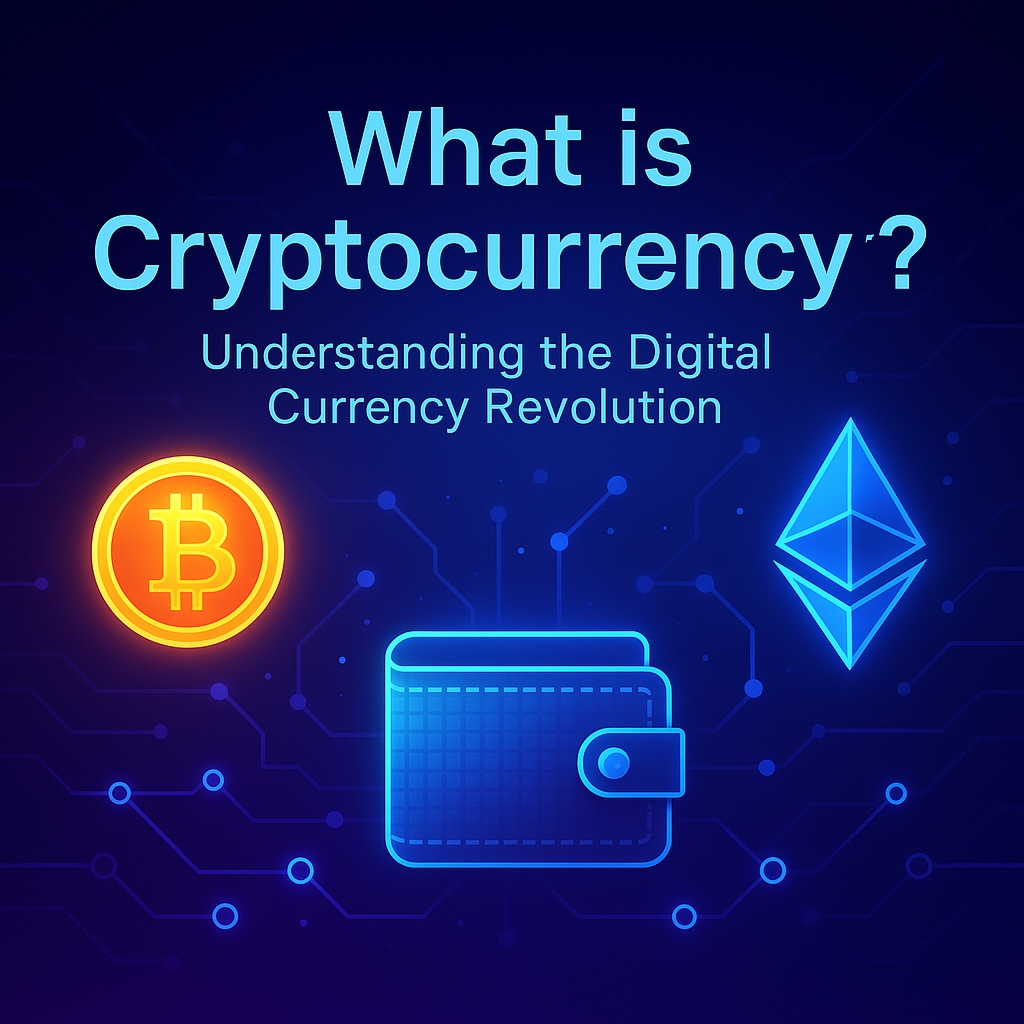Breaking News
Popular News




Enter your email address below and subscribe to our newsletter

Web3 is not just a tech trend—it’s a complete shift in how we interact online. At bit2050.com, we’re diving into what Web3 really is, how it works, and what it means for the digital world and your financial future.
Web3 refers to the next generation of the internet built on blockchain technology. Unlike Web1 (static web pages) and Web2 (social, centralized platforms), Web3 is decentralized, transparent, and user-owned.
In Web3:
You own your data
Apps run on decentralized networks
Interactions are secured with cryptography and smart contracts
Web3 empowers individuals, eliminates middlemen, and fosters trustless interactions.
Data is not stored on a single server but spread across nodes, making it harder to censor or hack.
Users own their identities, data, and digital assets, secured through cryptographic wallets like MetaMask.
Digital tokens incentivize participation and align users with platform success.
Automated, self-executing code replaces traditional contracts, increasing efficiency and trust.
Web3 applications, or dApps, run on blockchain networks like Ethereum, Solana, or Polkadot. These apps are open-source, permissionless, and resistant to censorship.
Key technologies:
Blockchain
Smart Contracts
IPFS (InterPlanetary File System)
DAOs (Decentralized Autonomous Organizations)
Web3 has the potential to transform:
Finance (DeFi)
Social Media (decentralized platforms)
Digital Identity (self-sovereign IDs)
Gaming (play-to-earn models)
Work (freelancing via DAOs and crypto payroll)
It’s not just a tech evolution—it’s a paradigm shift toward a fairer, more secure, and user-first internet.
While exciting, Web3 still faces:
Scalability issues
Complex user interfaces
Security risks (smart contract bugs)
Regulatory uncertainty
But with growing innovation and awareness, these hurdles are being addressed rapidly.
Web3 is the future of the internet. It puts power back into the hands of users, making the web more democratic, secure, and rewarding. Whether you’re a creator, investor, or just a curious internet user, Web3 is worth understanding.
Stay informed on Web3, crypto, DeFi, and the digital future only at bit2050.com.
Q1: Is Web3 the same as crypto?
A: Not exactly. Web3 uses blockchain and crypto as foundational technologies but extends far beyond just digital currency.
Q2: Do I need to know coding to use Web3?
A: No, many user-friendly dApps are emerging. However, basic knowledge of wallets and security helps.
Q3: Is Web3 safe?
A: Web3 offers enhanced security, but users must be cautious of scams, fake tokens, and unaudited smart contracts.
Q4: Can Web3 replace the current internet?
A: It’s more likely to augment it than replace it completely, bringing decentralization and ownership into existing systems.
Q5: What’s the best way to get started with Web3?
A: Set up a crypto wallet, explore platforms like Uniswap or OpenSea, and follow guides on bit2050.com for hands-on experience.
Web3, Blockchain, Decentralization, Future of the Internet, Crypto, Ethereum, DeFi, Smart Contracts, DAOs, bit2050.com, Web3: What It Means for the Future,